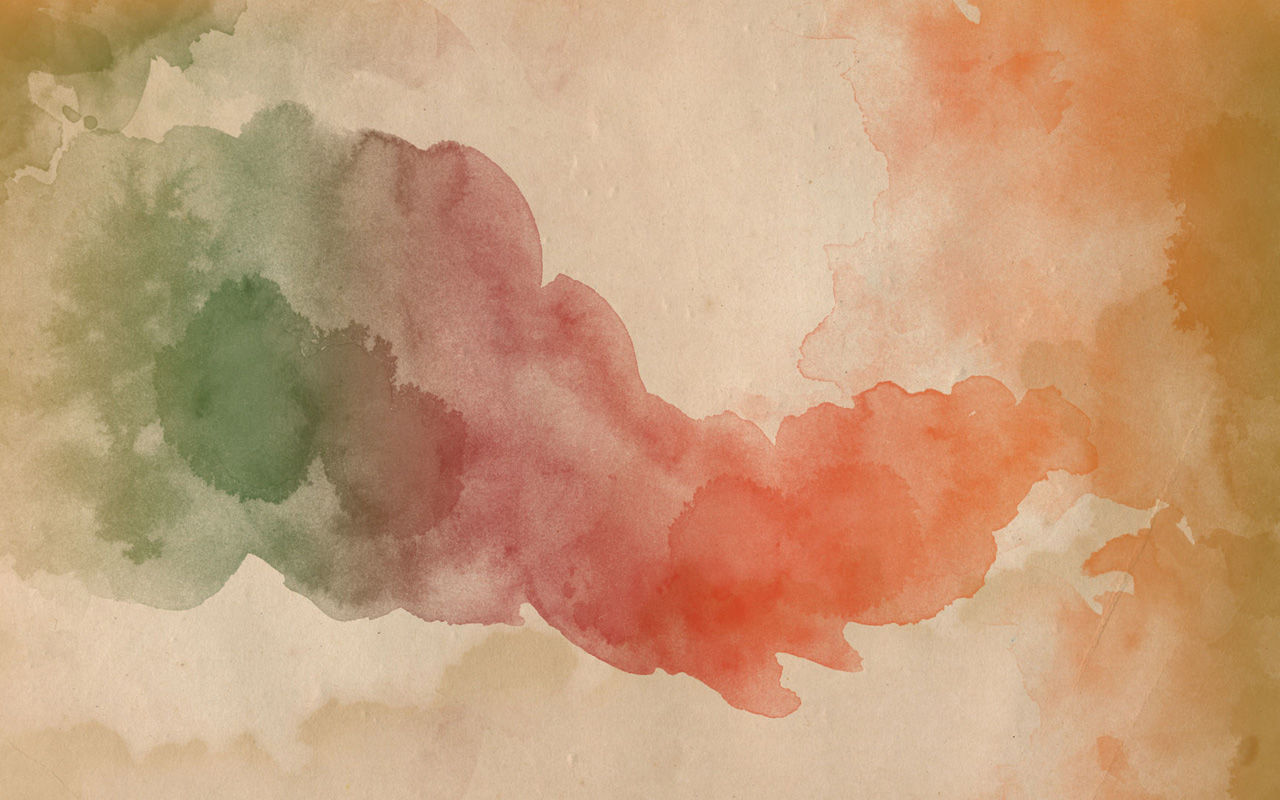


REIKI: The Exchange of Energy
REIKI is a gentle, noninvasive healing modality based on ancient practices of the laying on of hands. It was systematized in Japan at the beginning of the 20th century. Many refer to Reiki as a “language of the hands” that activates the integration of life healing through an energy exchange between two or more people.
Like many other healing modalities, Reiki is an energetic tool that aims to restore an unimpeded flow of energy, which may be blocked or disturbed by some form of illness. The body is considered a dynamic bioenergetic field. We know that, scientifically, energy moving through a biological system works to organize that system. Much like a stream carving a new, more direct path through a landscape or the process of heating water to create bubbles or gas, Reiki flows through a person's body, intending to align, integrate, and support the healing process. Reiki facilitates this by inducing a deep state of relaxation. This relaxation promotes physical, emotional, mental, and metaphysical repair.
The effects of a Reiki session can be felt immediately after the session, and you may notice changes in how you perceive situations or events. You might feel more relaxed, calmer, and more present. Your senses, such as touch, taste, and sight, may become heightened. If you are undergoing an emotional transition, you may experience a sense of liberation from emotional repression. The effects can last a few hours to two days after the session.
Each person’s response is unique. While we often seek proof of mental or physical changes following Reiki treatment, much of the healing occurs at a subconscious level. We typically use our conscious thoughts to inquire about, investigate, and rationalize our experiences. However, in the case of Reiki, much of the healing happens beyond our conscious efforts, and at times, cannot be quantified.
By aiding a physical process, we join our bodies with our minds, and our bodies relax into a feeling of unity and peace. Reiki can help to lessen pain and tension, ease breathing, and stimulate metabolism and circulation. Receiving a Reiki treatment feels calming, strengthening, integrating, and safe. It is simply opening the body to its healing energies. You do not have to believe in Reiki for it to work. Stay open to the impacts of your Reiki experience, understanding that your body and mind are working together with the energy flow of Reiki. After your session, take some time to reflect on your emotions, thoughts, and physical responses. Consider journaling thoughts, meditating, tasking with mindfulness, creating art, or walking in nature. Engaging in acts of kind and loving self-care after your Reiki session will help extend the benefits you receive.